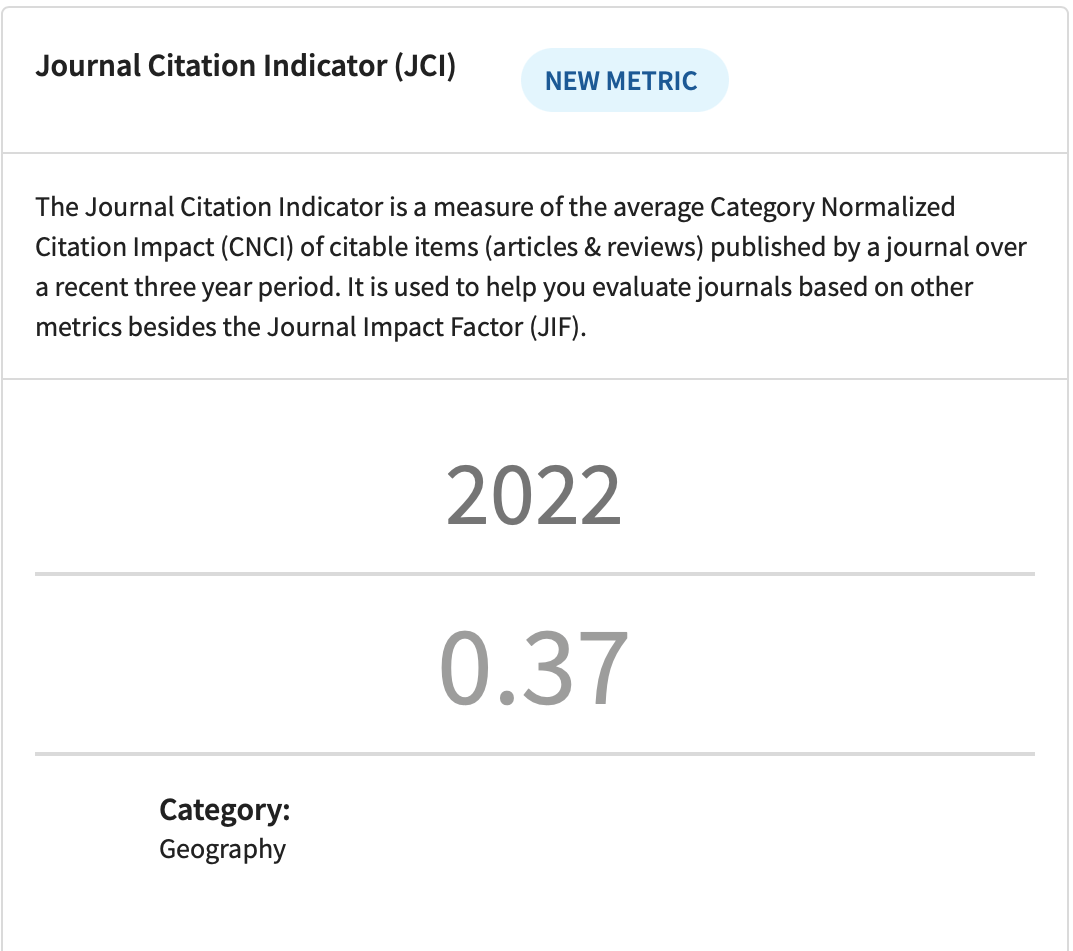ANALYSIS OF TOURIST MOTIFS IN THE FUNCTION OF DEVELOPMENT OF CULTURAL TOURISM IN THE SETTLEMENTS SURROUNDED BY PROTECTED NATURAL RESOURCES
DOI:
https://doi.org/10.2298/IJGI1703333JKeywords:
cultural tourism, anthropogenic tourist motifs, Carska baraAbstract
The paper deals with the presence of anthropogenic tourist motifs in the area of the Special Nature Reserve “Carska bara” in the north of Serbia with the following rural settlements taken into consideration: Belo Blato, Ečka, Knićanin, Lukino Selo, Perlez and Stajićevo. The presence of cultural heritage from a group of archaeological sites, works of monumental and artistic features, spatial cultural and historical units, famous places and memorials, folklore heritage, religion and beliefs, language and manifestation values has been recorded in the studied area. The area is well connected with the city centers of this part of Serbia and for the current level of tourism development, it has a satisfactory number of accommodation capacities. After analyzing literature and local cultural offer, it is concluded that for the purpose of attracting more tourists, cultural, that is anthropogenic tourist motifs must be united in the offer with the natural phenomenon Carska bara and its near environment. Together, they can lead to the development of an increasingly popular type of cultural tourism — creative tourism, enchanting tourists the life of the local population, their culture and customs.
Article metrics
References
Bjeljac, Ž., Terzić, A., & Ćurčić, N. (2014). Tourism valorization of intangible cultural heritage of Serbia according to Hilary du Cros Method (Turizmološka valorizacija nematerijalne kulturne baštine Srbije po Hilari Du Kros metodi). Etnoantropološki problemi, 9(1), 195–217.
Ćurčić, S. (2004). Banat settlements — Geographical characteristics (Naselja Banata: geografske karakteristike). Novi Sad: Matica srpska.
Jojić Glavonjić, T. (2017). Geoecological evaluation of Ramsar areas in the function of sustainable development of local communities in Serbia (Geoekološko vrednovanje Ramsarskih područja u funkciji održivog razvoja lokalnih zajednica u Srbiji). Doctoral dissertation (in the preparation), University of Belgrade, Faculty of Geography.
Kicošev, S., Bubalo-Živković, M. & Ivkov, A. (2006). Population of Banat (Stanovništvo Banata). Novi Sad: University of Novi Sad, Faculty of Sciences, Department of Geography, Tourism and Hotel Management.
Kolar, T., & Zabkar, V. (2010). A consumer-based model of authenticity: An oxymoron or the foundation of cultural heritage marketing? Tourism Management, 31(5), 652–664. doi: https://doi.org/10.1016/j.tourman.2009.07.010
Krasojević, B., & Đorđević, B (2015). Intangible cultural heritage: tourism resource of Serbia (Nematerijalno kulturno nasleđe: turistički resurs Srbije). Synthesis 2015 — International Scientific Conference of IT and Business-Related Research, 561–565. Belgrade: Singidunum University. doi: https://doi.org/10.15308/Synthesis-2015-561-565
Park, H. Y. (2010). Heritage tourism: Emotional journeys into nationhood. Annals of Tourism Research, 37(1), 116–135. doi: https://doi.org/10.1016/j.annals.2009.08.001
Prentice, R. (1993). Tourism and heritage attractions. London, UK: Routledge.
Prentice, R. C., Witt, S. F., & Hamer, C. (1998). Tourism as experience: The case of heritage parks. Annals of Tourism Research, 25(1), 1–24. doi: https://doi.org/10.1016/S0160-7383(98)00084-X
Prentice, R. (2010). Experiential cultural tourism: Museums & the marketing of the new romanticism of evoked authenticity. Museum Management and Curatorship, 19(1), 5–26. doi: https://doi.org/10.1080/09647770100201901
Pušić, Lj. (2008). An image of multiculturalism in Vojvodina: Language as a condition for communication (Jedna slika multikulturalnosti u Vojvodini: jezik kao pretpostavka za komunikaciju). Sociologija, 50(2), 175–190. Retrieved from https://www.ceeol.com/search/article-detail?id=238370
Richards, G. (2010). Tourism development trajectories — From culture to creativity? Encontros Cientificos — Tourism and Management Studies, 6, 9–15. Retrieved from http://tmstudies.net/index.php/ectms/article/view/131/188
Terzić, A., Bjeljac, Ž., & Lović, S. (2013). The possibilities of tourist affiramation of events in the municipality of Kruševac. Journal of the Geographical Institute “Jovan Cvijićˮ SASA, 63(2), 53–65. doi: https://doi.org/10.2298/IJGI1302053T
Trinh, T. T., & Ryan, C. (2015). Heritage and cultural tourism: the role of the aesthetic when visiting Mỹ So’n and Cham Museum, Vietnam. Current Issues in Tourism, 19(6) 569–584. doi: http://dx.doi.org/10.1080/13683500.2015.1054269
Vecco, M. (2010). A definition of cultural heritage: From the tangible to the intangible. Journal of Cultural Heritage, 11(3), 321–324. doi: https://doi.org/10.1016/j.culher.2010.01.006
Weaver, D. B., Kwek, A., & Wang, Y. (2017). Cultural connectedness and visitor segmentation in diaspora Chinese tourism. Tourism Management, 63, 302–314. doi: https://doi.org/10.1016/j.tourman.2017.06.028
http://www.zrenjaninheritage.com/delatnost-zavoda/arheologija (Accessed on 08.04.2017)
http://www.zrenjaninheritage.com/kulturna-dobra (Accessed on 11.07.2017)
Downloads
Published
How to Cite
Issue
Section
License
Copyright (c) 2017 Journal of the Geographical Institute “Jovan Cvijić” SASA

This work is licensed under a Creative Commons Attribution-NonCommercial-NoDerivatives 4.0 International License.











